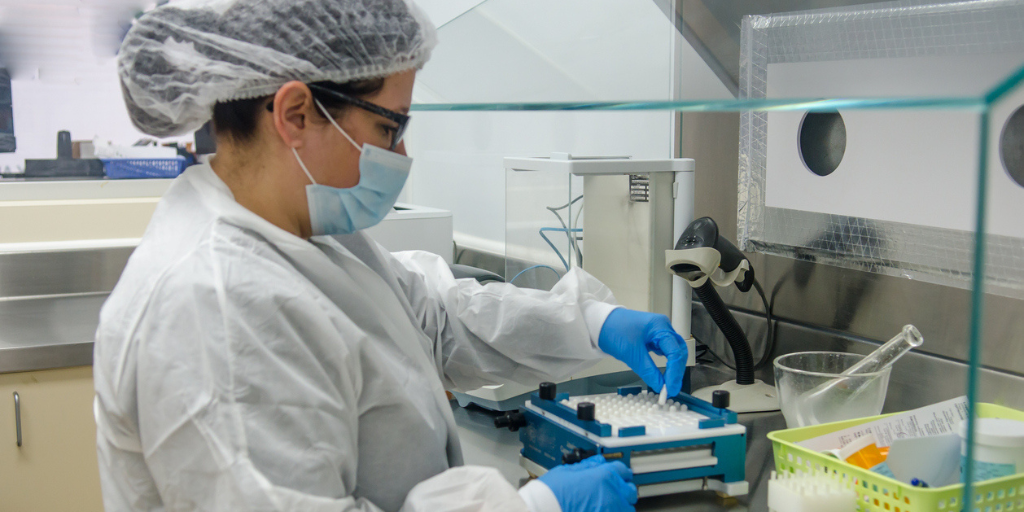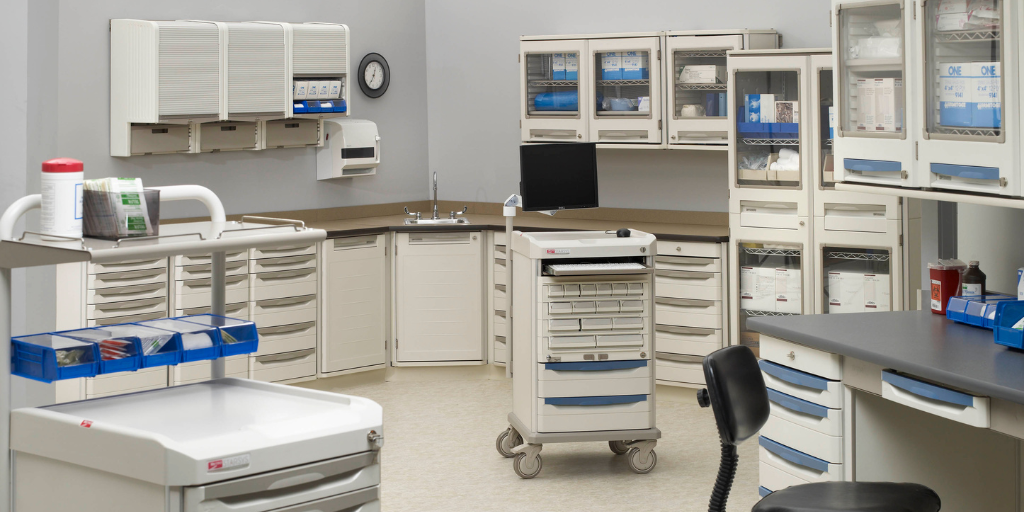Equipping a pharmacy laboratory isn’t about buying equipment - it’s about building a safe, compliant, and efficient environment. Whether you’re setting up a new lab or upgrading your existing space, understanding what equipment is essential - and how to choose the right options - can make a difference in both day-to-day operations and long-term success.
This guide will walk through the critical equipment every pharmacy cleanroom needs, highlight what to look for before making a purchase, and share practical insights into compliance, budgeting, and laboratory equipment distributor selection.



.jpg)
.jpg)
.jpg)

.jpg)
.jpg)










